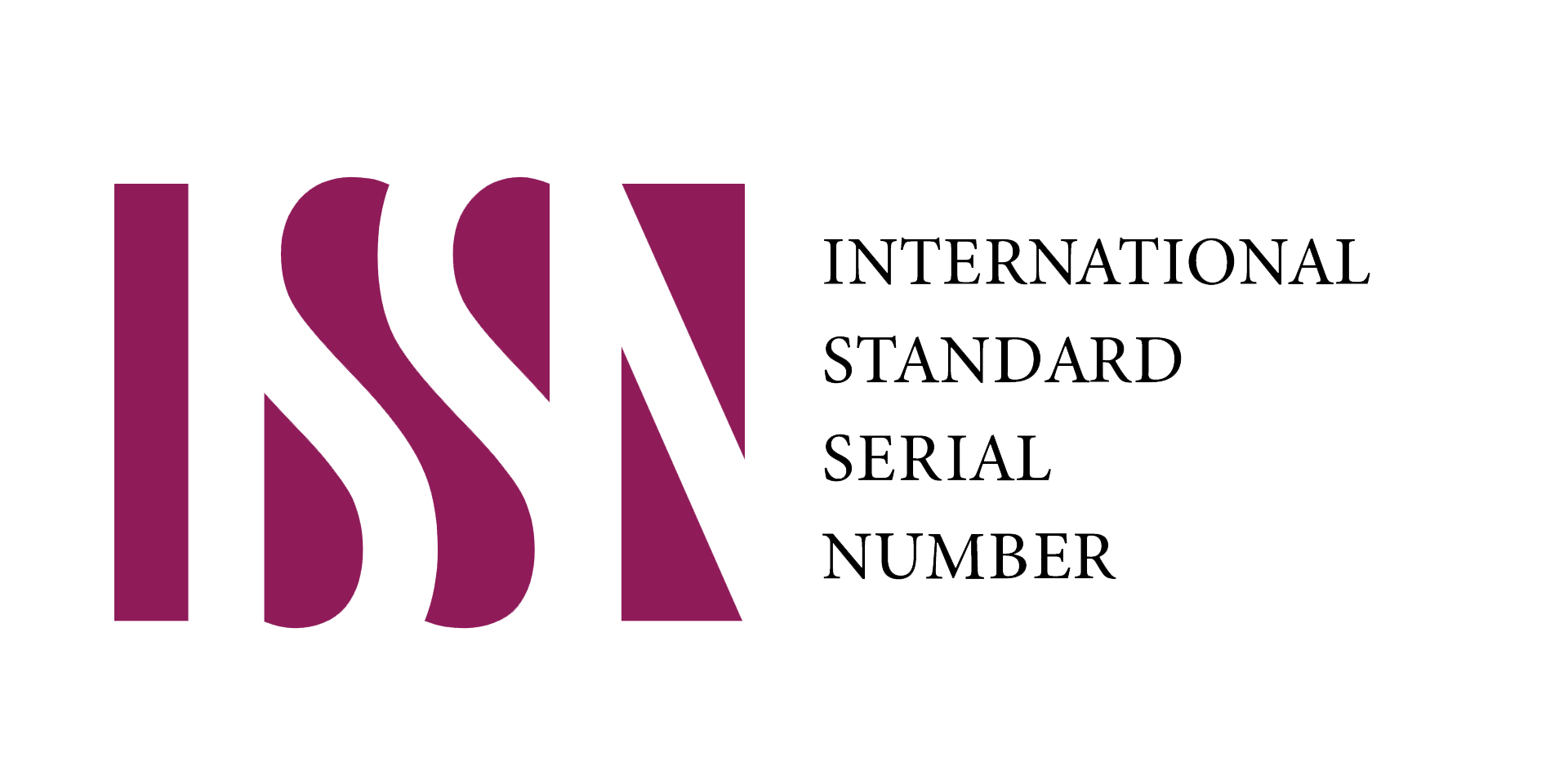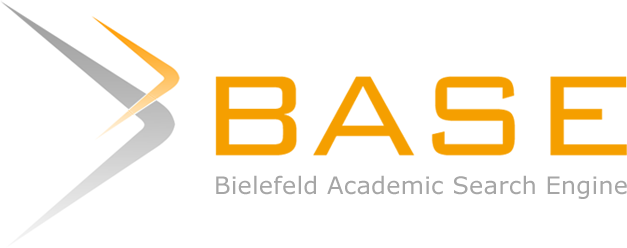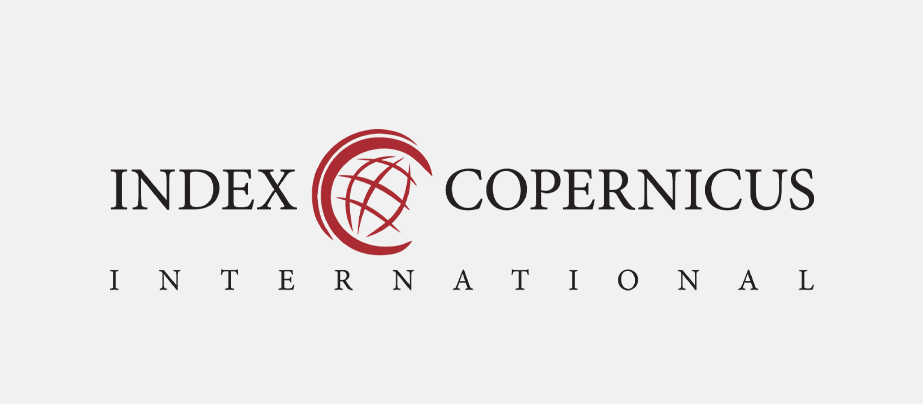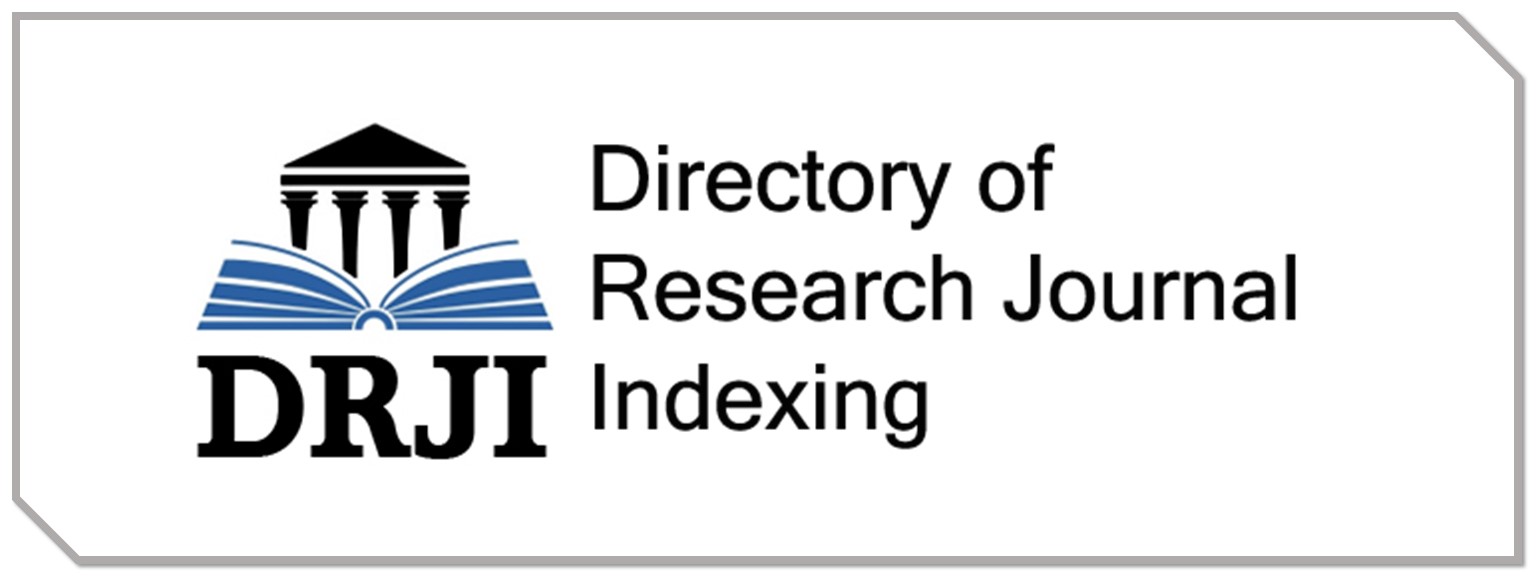Differentiated Approach to Minimally Invasive Biliary Drainage in Malignant Obstructive Jaundice
Keywords:
Malignant biliary obstruction, minimally invasive drainage, percutaneous biliary drainage (PTBD)Abstract
The aim of this study is to explore differentiated approaches in the treatment of malignant biliary obstructions using minimally invasive drainage methods. A prospective comparison study was conducted with 112 patients, comparing three different drainage strategies: percutaneous biliary drainage (PTBD), endoscopic retrograde biliary drainage (ERCP), and combined approach. The clinical effectiveness, safety, and outcomes of each strategy were analyzed. The study included patients with Klatskin tumors, other malignant biliary pathologies, and obstructive jaundice. The advantages and disadvantages of each method were discussed. The importance of individualized approach for high-risk patients and the necessity of selecting the appropriate drainage method for each patient were emphasized. The results of the study show that an individualized drainage method selection improves clinical success and ensures safety.










